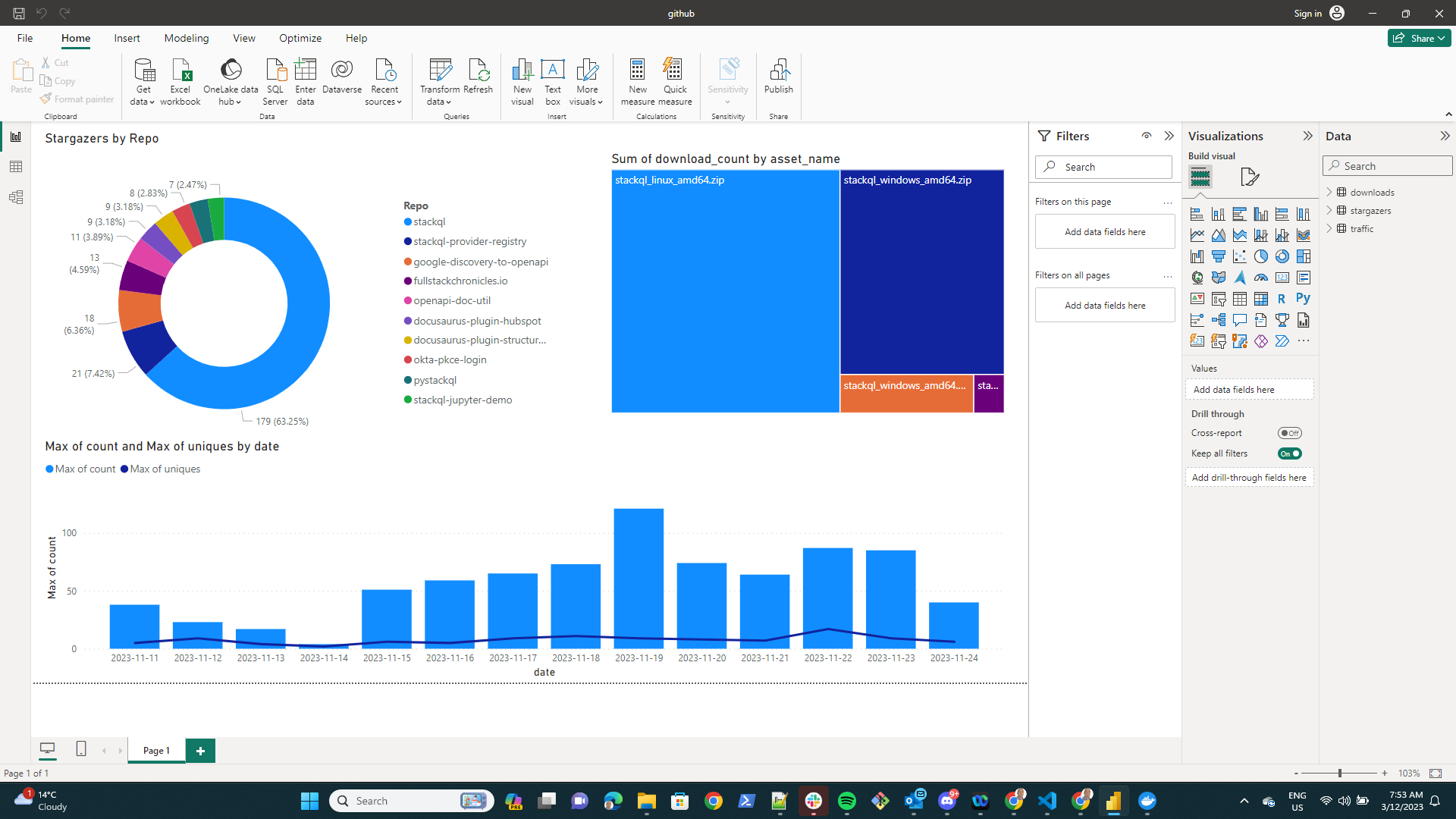StackQL Providers for DataDog and PagerDuty Now Available
stackql is a dev tool that allows you to query and manage cloud and SaaS resources using SQL, which developers and analysts can use for CSPM, assurance, user access management reporting, IaC, XOps and more.
We're excited to announce the release of two new StackQL providers: datadog and pagerduty. The daatdog provider includes 41 services and 405 methods at your disposal, you can query and manage everything from APM retention filters, audit logs, to cloud workload security and more. More information on the dataog provider can be found here.
The pagerduty provider includes an array of services like events, metrics, monitors, and users to fully leverage the operational prowess of these platforms. Whether it's maintaining the security posture with cloud_workload_security and security_monitoring or managing resources with containers and incidents, StackQL gives you the visibility and control over pagerduty, datadog or numerous other XaaS platforms. More information on the pagerduty provider can be found here.
Let us know your thoughts! Visit us and give us a ⭐ on GitHub
